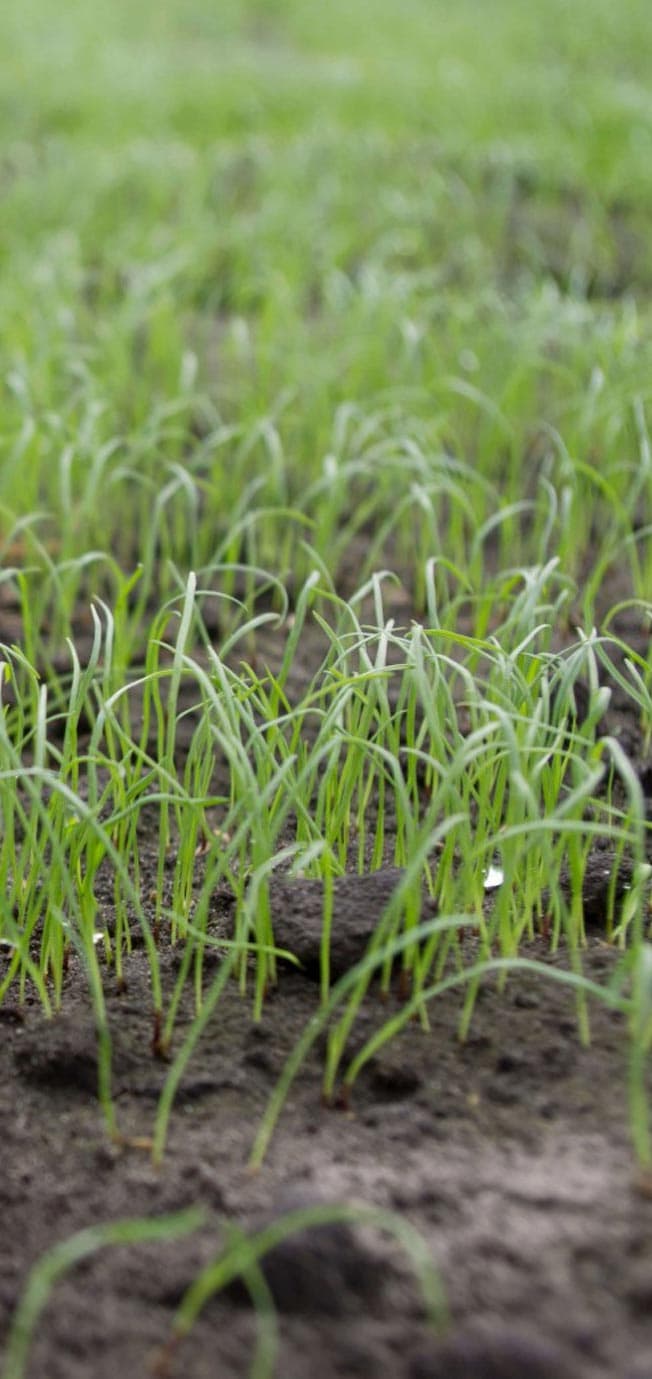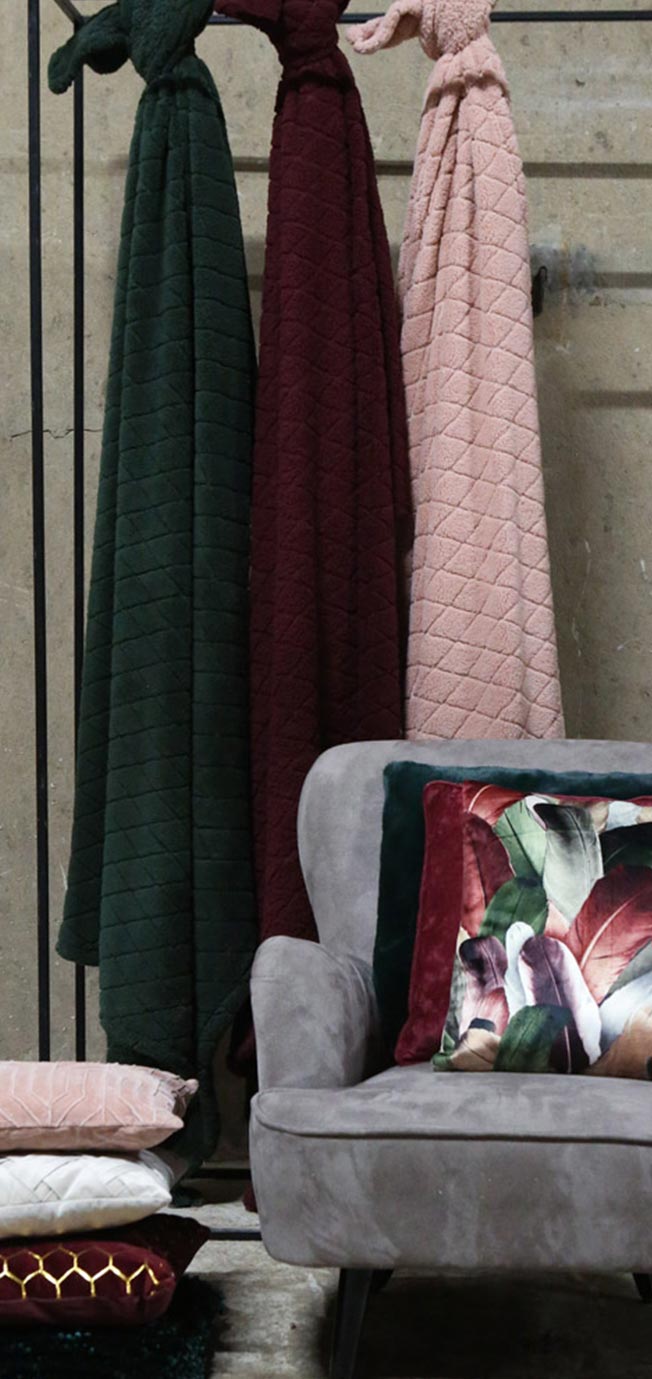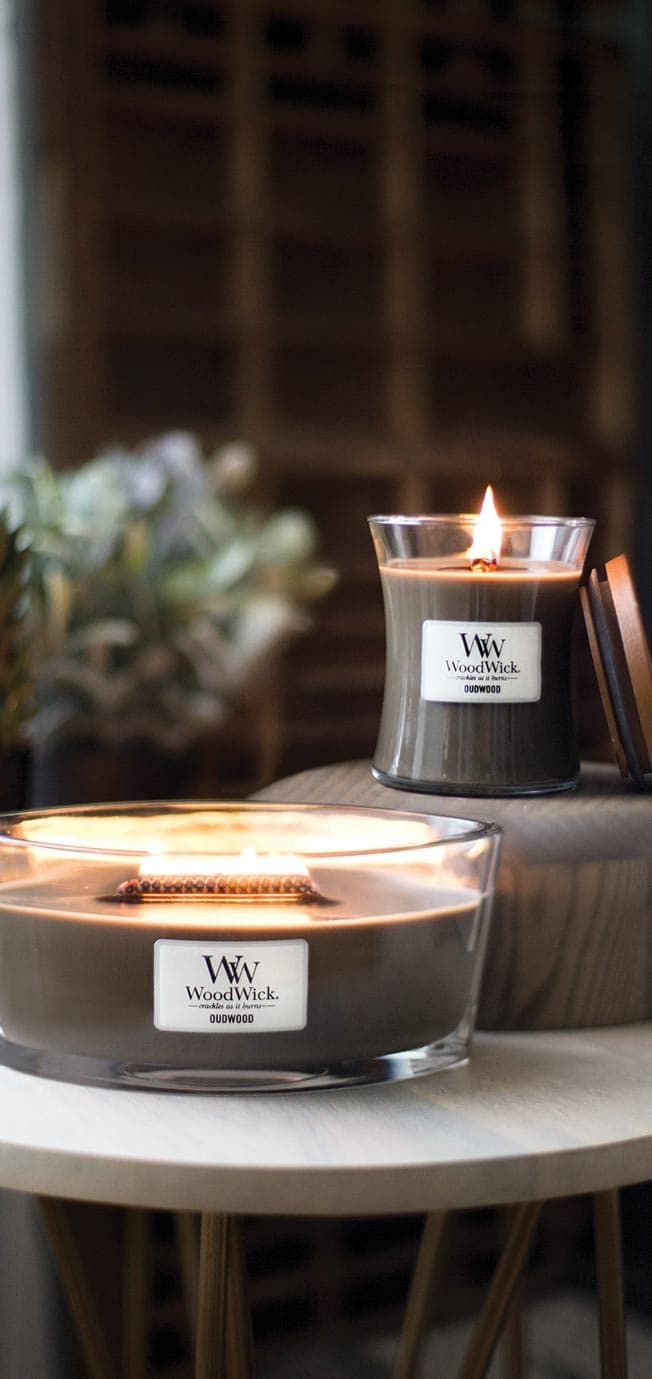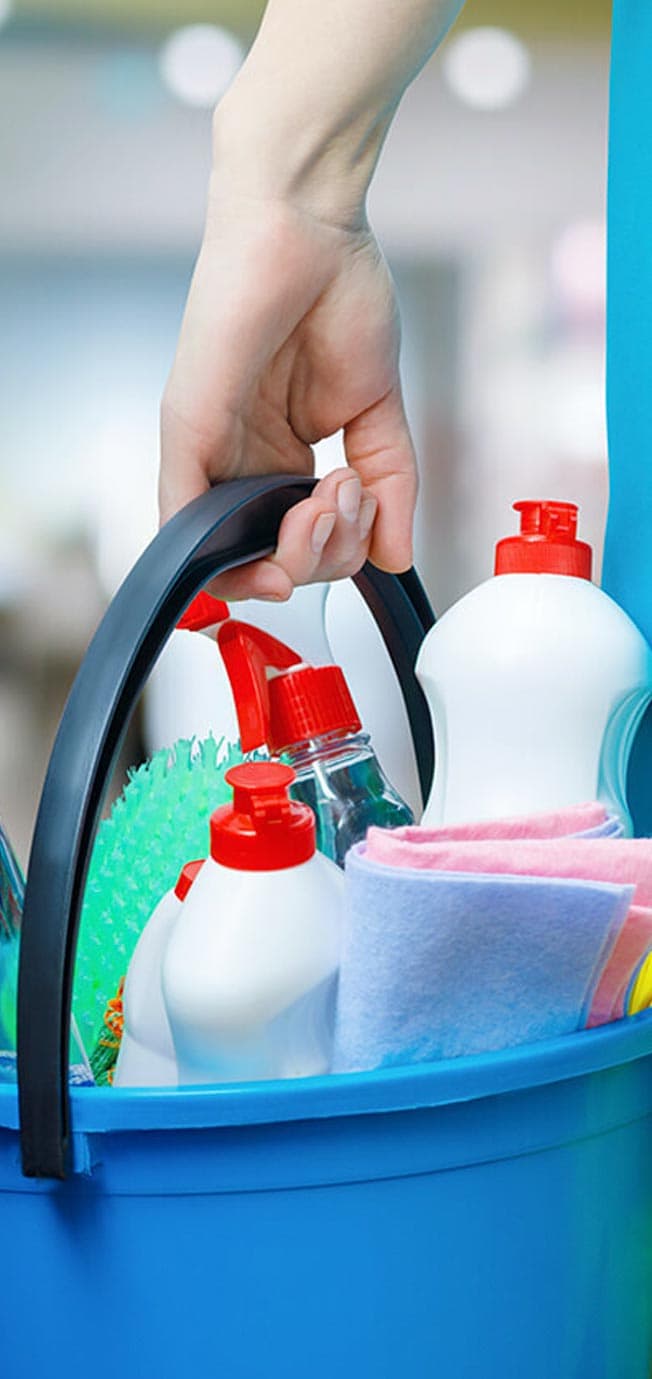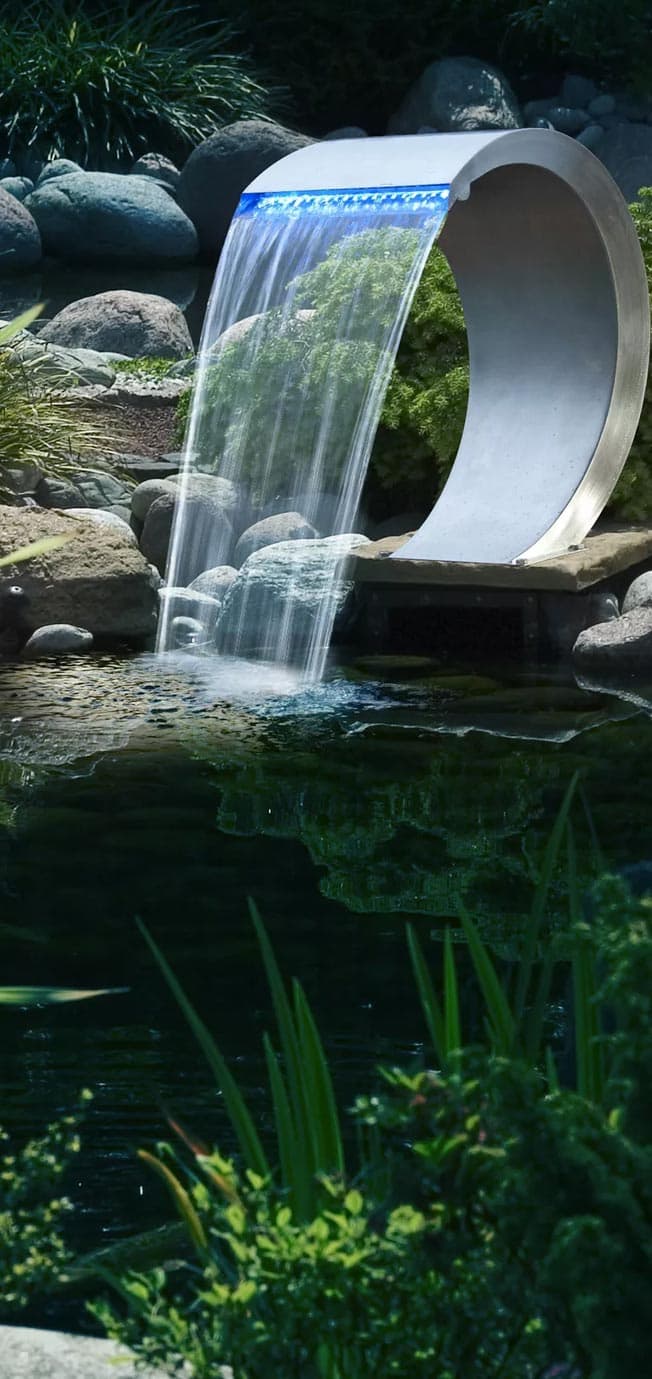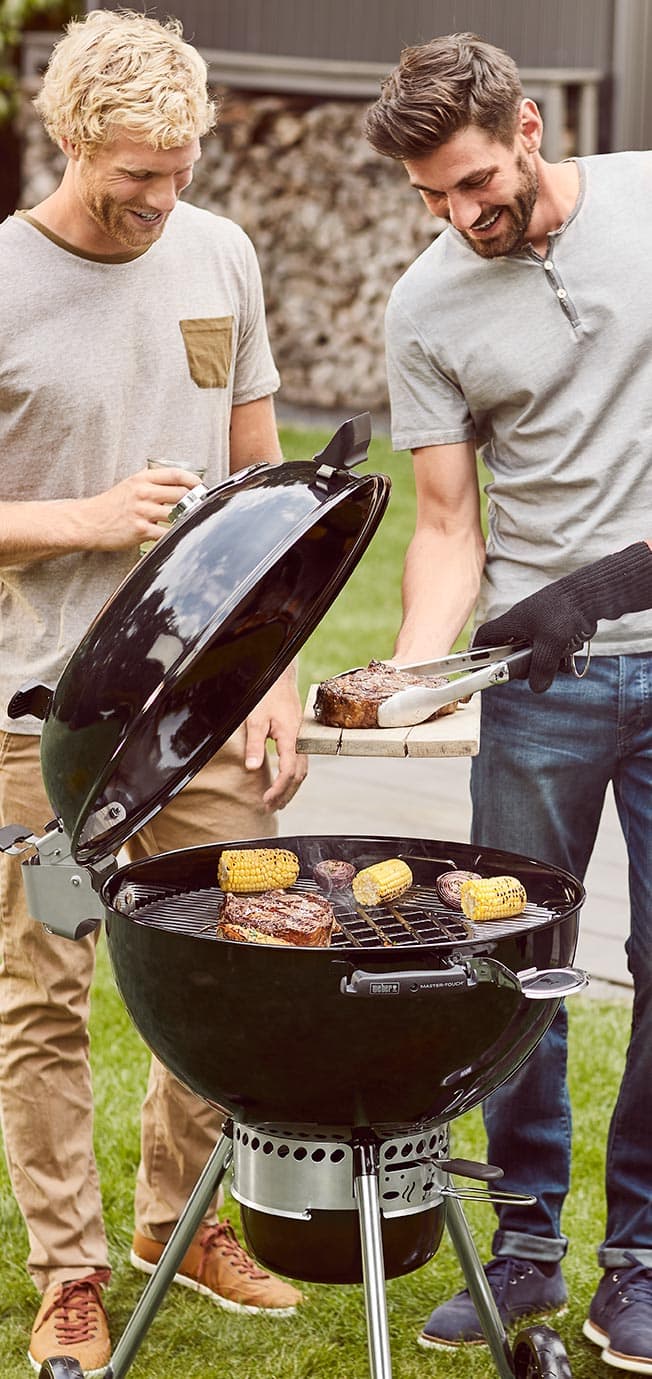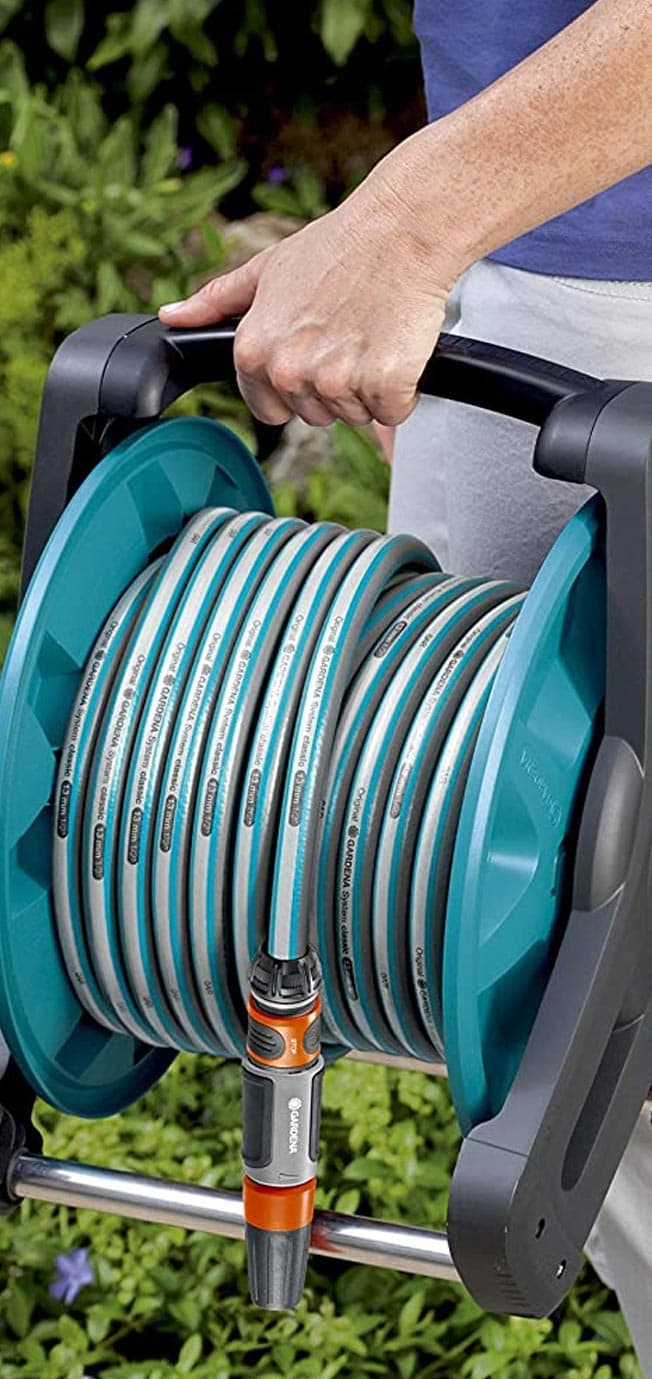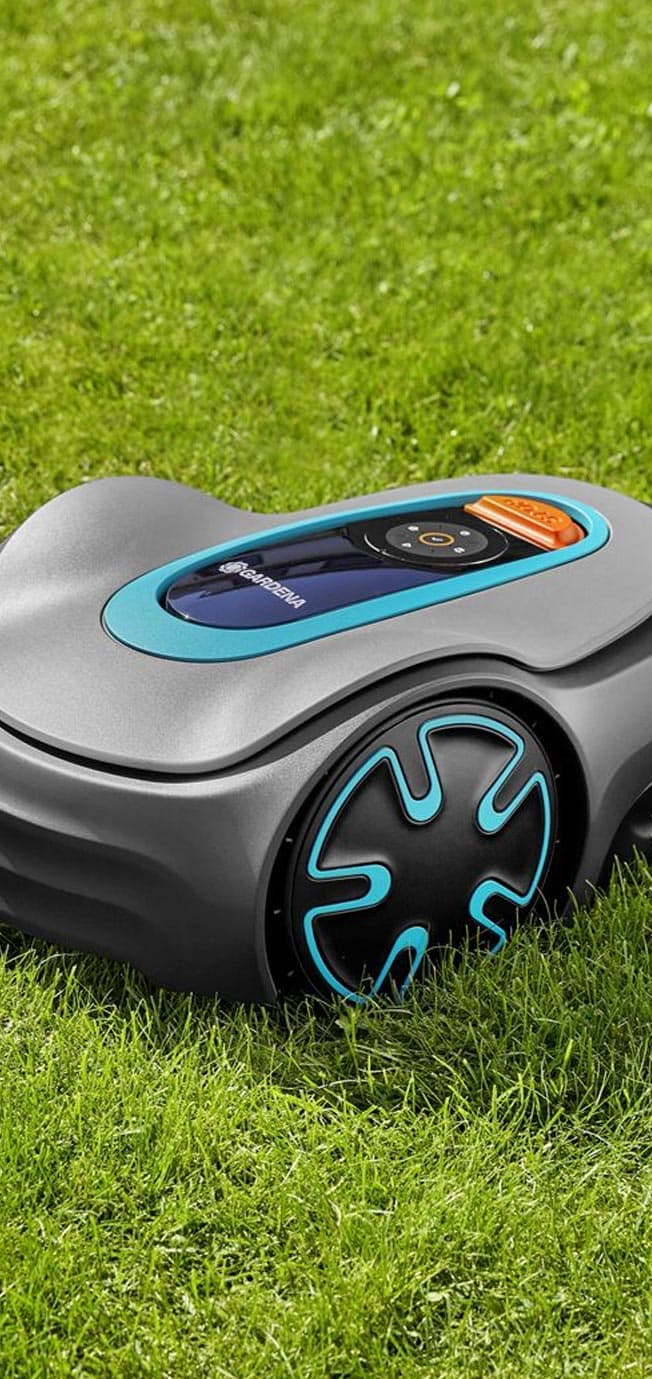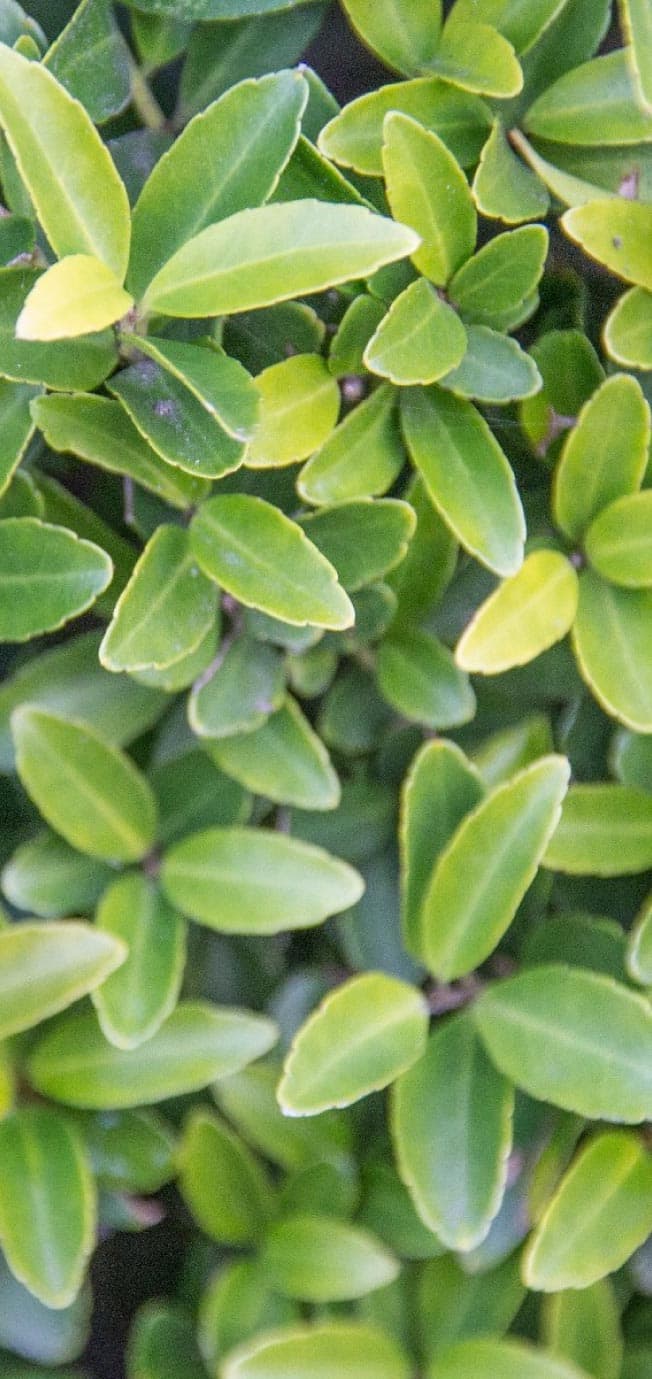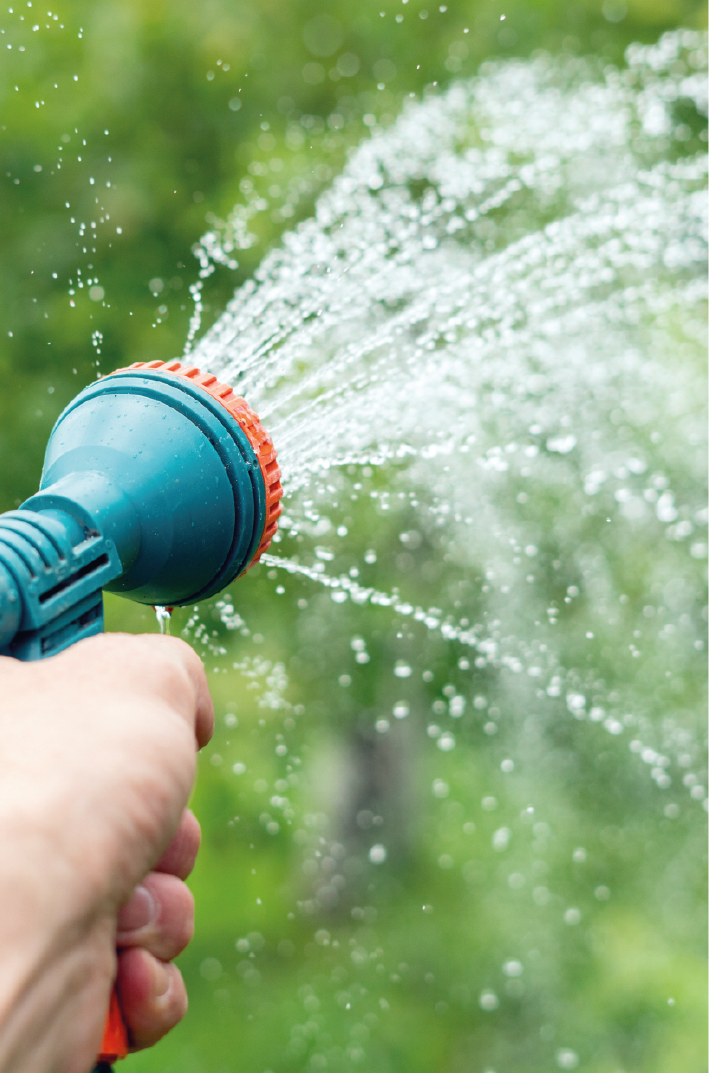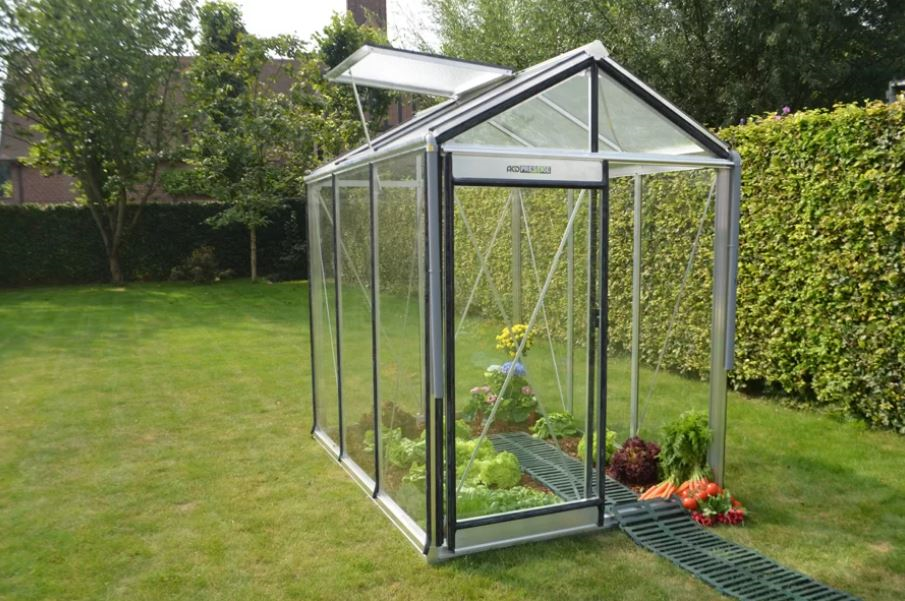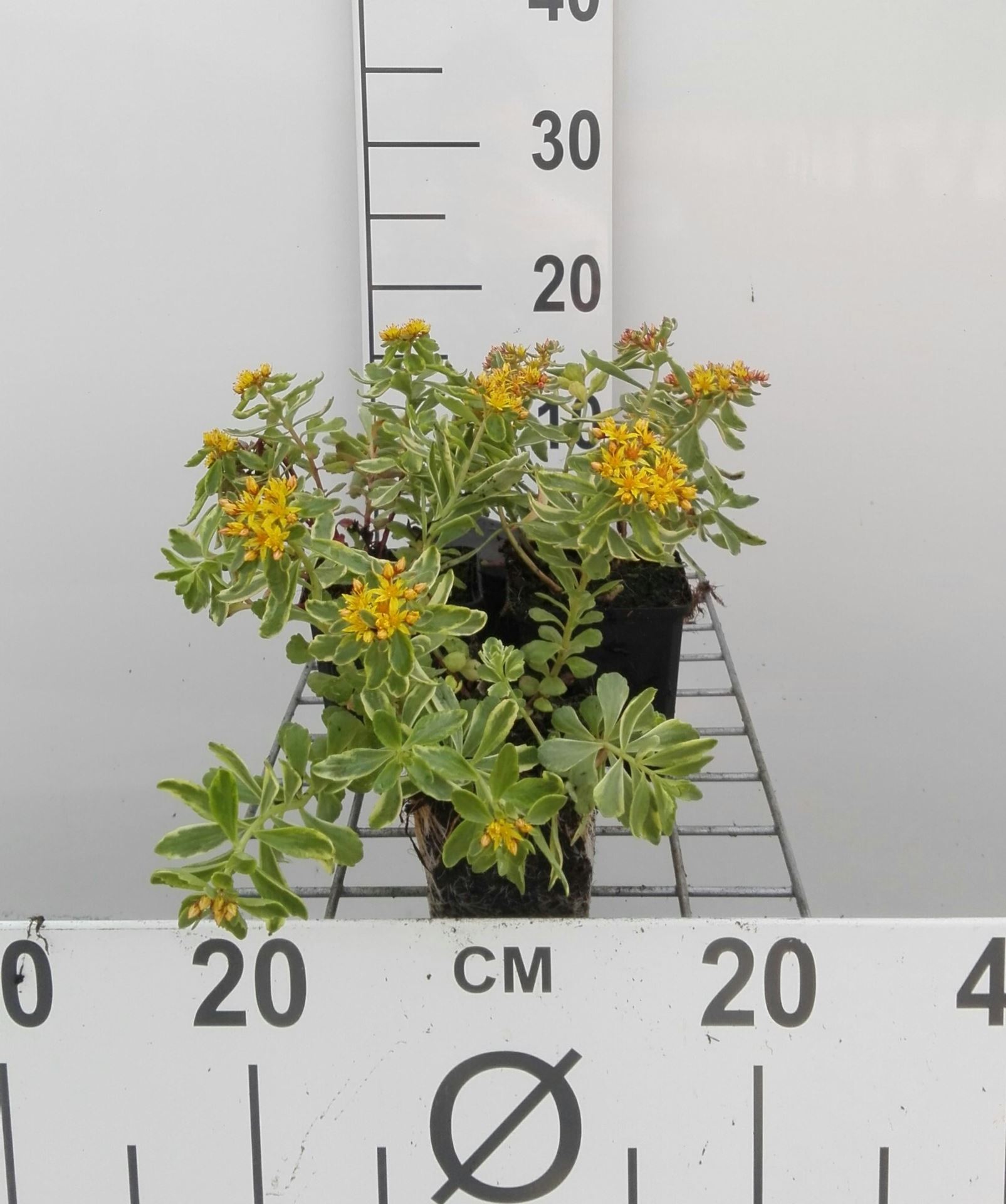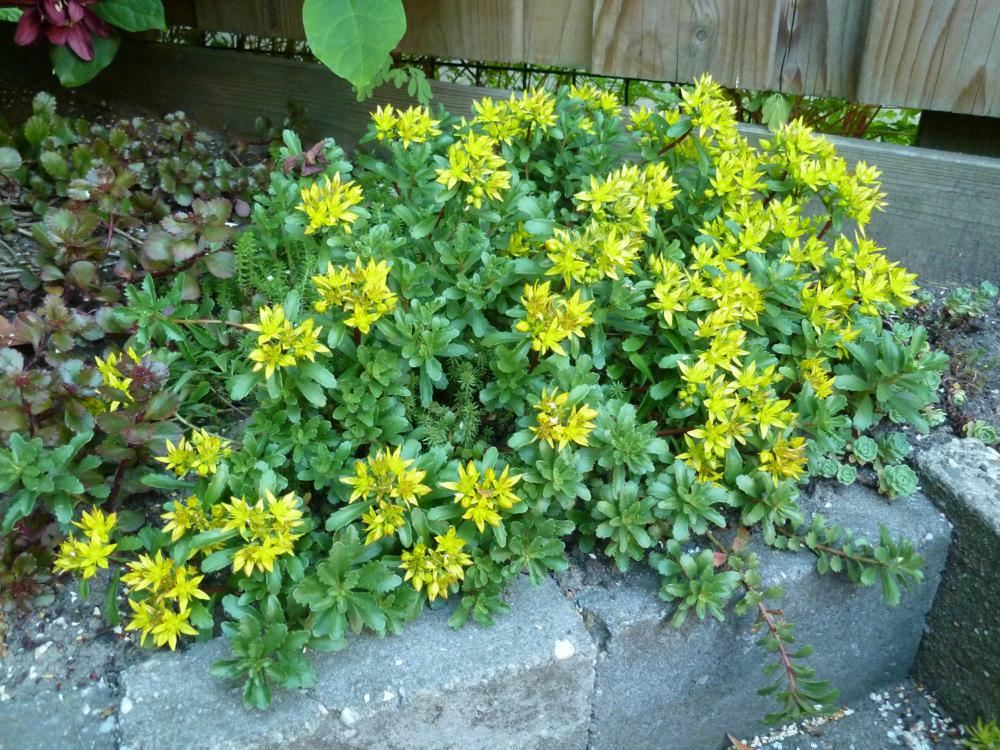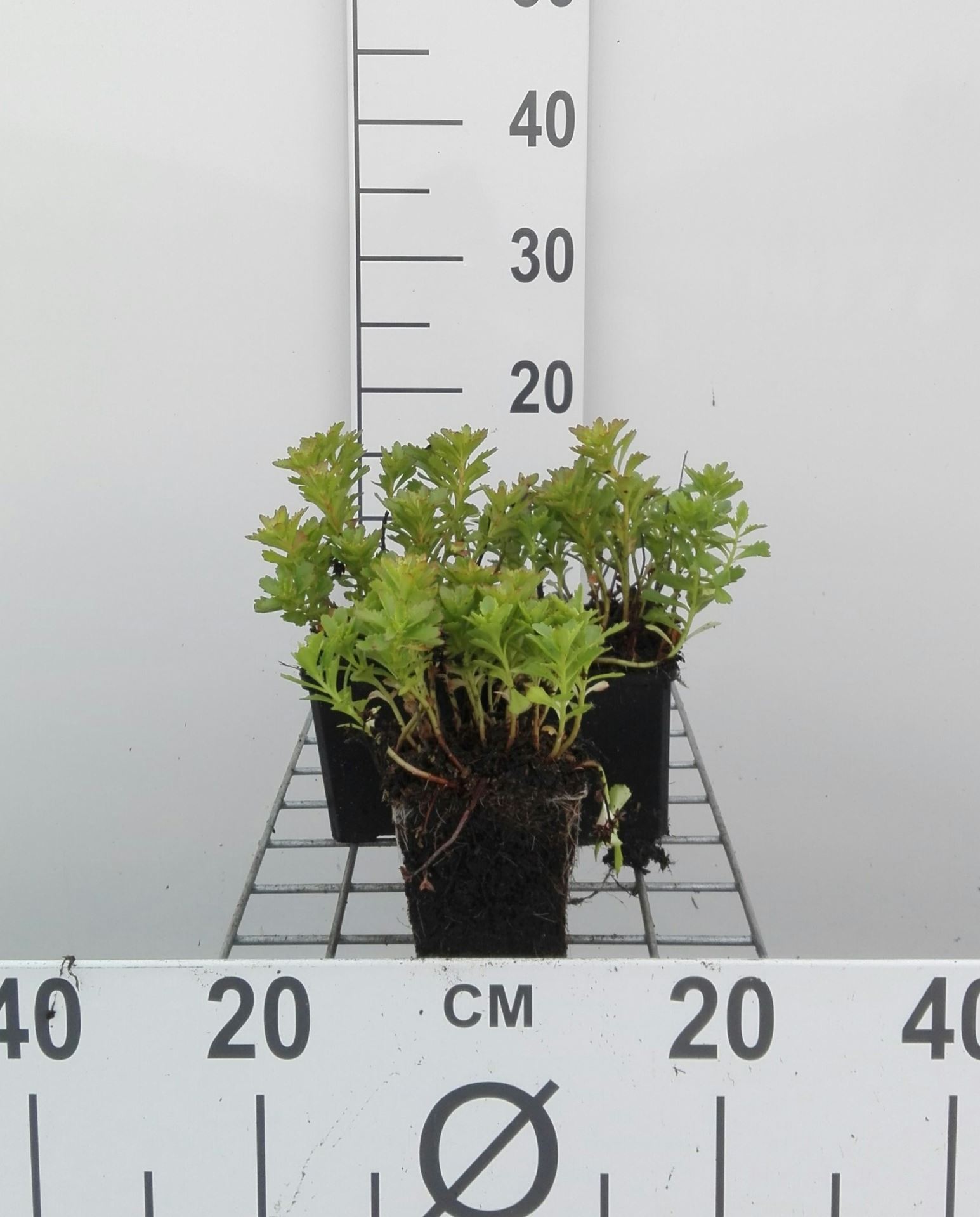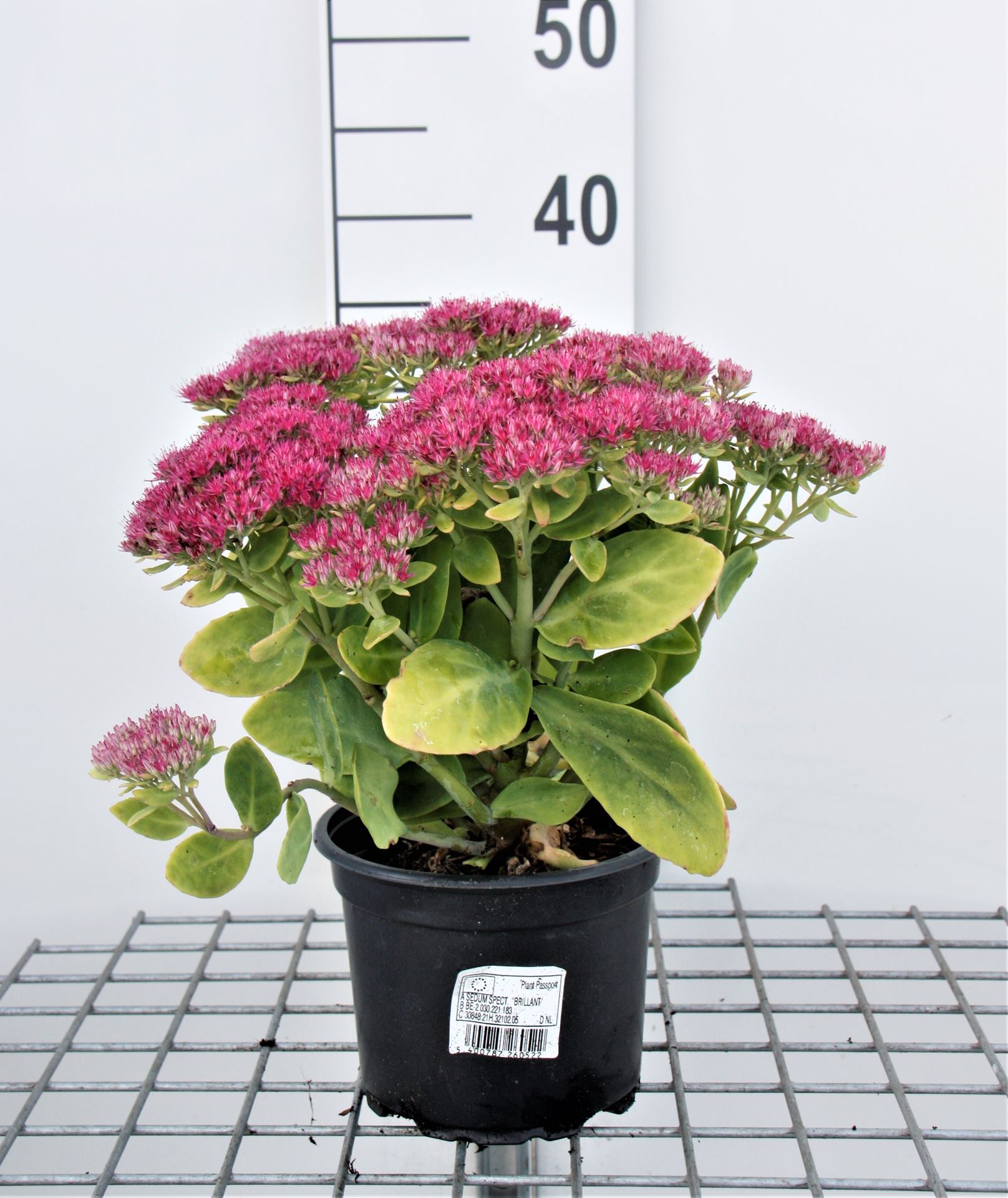
Green roofs the mini gardens of the city
Do you live in the city or in a terraced house without a (large) garden? Then you would like to use all the space you have to make something green of it. We all have roofs, so why not turn them into mini-gardens? A green roof can be applied not only to your house, but also to the roof of your garden shed, for example. We may not be able to promise you a view of an idyllic landscape, but every bit of green counts!
A green roof or green facade?
Not all roofs are suitable for turning into a green oasis. Your roof must be sturdy enough and have sufficient load-bearing capacity. Ask an expert (e.g. an engineer or architect) to check this before making wild plans. The slope of your roof is also an important factor. A slope of 1 to 20% is fine. As soon as the slope exceeds 20%, all sorts of technical measures come into play. Is your roof not sturdy enough to support a mini-garden or is the gradient too steep, but do you still want to create some greenery? Then a green façade can be the solution. Decorate your facade with climbing plants such as wild hops, ivy, climbing hydrangea or a grapevine.
Sedum roof or full-blown garden?
We can divide green roofs into 3 types: the extensive, semi-intensive and intensive green roof.
The choice of the type of roof depends mainly on the supporting capacity and the substrate layer (the base layer for your green roof) that will be needed. Of course, it is also important to consider how much time you want to spend on maintenance.
• Extensive green roof
An extensive green roof requires almost no looking after, whereas an intensive roof requires a lot more attention. Extensive green roofs cannot support heavy weights, so they mainly use succulents, mosses, grasses and herbs. These are cheaper plants so it won't cost you an arm and a leg. Sedum in particular is very popular for this purpose because these plants can take some heat and can withstand prolonged drought because they retain a lot of moisture in their leaves. The succulents also come in all sorts of shapes and sizes so you can bring enough variety to your green roof. By using these succulents you also reduce the costs. And the job is done quickly. You won't have to spend much time on maintenance either. With an extensive roof, the substrate layer is at least 6 and a maximum of 20 cm thick. Please note: an extensive roof is not meant to be walked on often. So don't turn it into a place for socialising with your friends.
• Intensive green roof
Do you really want to go all the way and create a fully-fledged garden on your roof? Then you should opt for an intensive green roof. The most important thing is that
your roof is sturdy enough, because an intensive green roof can easily weigh 400 kg/m². You can place plants, shrubs and even trees on it. Take the orientation of your roof into account when choosing the plants. For this type of green roof, we need a thick substrate layer of at least 25 cm. To support heavy shrubs and trees, you need a base layer of at least 70 cm. This can withstand some ballast. Please note: After heavy rainfall, the substrate layer can weigh two to three times as much because it retains a lot of water. On the one hand, this increases the weight on your roof, but on the other hand, it also ensures better water collection, which will reduce the burden on the sewer system.
• Semi-intensive roof
Not sure which type of roof garden to go for? Then choose the golden mean with a semi-intensive roof. You can also plant and trim shrubs on this roof, but you will not have to dig up your pruning shears and weed whacker as often. For this type of roof, you need a substrate layer between 12 and 25 cm thick. Don't have much patience and do you want to see results immediately? Then you can use green roof tiles. These can be placed all year round, and are suitable for almost any type of roof. We recommend the ones by Gravelart. Feel free to give us a call if you would like more information about this.
Not just a green picture
A green roof is not just a pretty picture, it has many other advantages. We list some of them for you:
• Insulating
A green roof insulates sound and heat. In the summer it keeps the house cool, while in the winter it keeps the heat inside. This not only ensures pleasant temperatures in the house, but is also good for your wallet!
• Long-lasting
The life expectancy of your roof increases by as much as 300% after installing a green roof. This is because the plants and sand protect the roof from external influences (e.g. weather and radiation).
• Environmentally friendly
Green roofs create a new habitat for all kinds of fauna and flora. The plants on your roof give butterflies, bees and birds a green corner in the city to look for. This is also positive for the increasing number of city beekeepers, because the more bee-friendly gardens are, the larger the population of bees will be. Do you want to go a step further, and switch to green energy? Solar panels work ideally in combination with a green roof. Solar panels perform best at a low temperature. A green roof continuously measures a temperature of around 38°C, while this can easily rise to 65-70°C on a regular roof during the summer months. This would increase the efficiency of the solar panels by 5%, and the panels would also last longer. We call this an energy roof.
• Air purifying
Plants and trees purify the air of fine particles. The substrate on the roof will also absorb air-polluting particles so that they do not float around in the city.
• Water-saving
A green roof absorbs rainwater well, and discharges it slowly. This spares the sewers.
And let's not forget: a green roof makes your home much more attractive. Just think, a view of green plants and trees is much more pleasant than a dull and grey roof. Your neighbours will also be grateful for a more attractive street view!

Tip from Marcel
Use ACD's Piccolo greenhouse as an alternative to grow vegetables on your roof terrace. You can place it against the wall, or simply leave it on its own. This greenhouse is often used in the city for various reasons:
- it is very light thanks to the ALU construction so no dragging!
- the greenhouse is very sturdy and that is necessary because it will catch more wind on a roof
Click here to check out all our greenhouses
Grants for more green in the city
A green roof has few disadvantages but one of the biggest is of course the price tag. However, you can suppress this by choosing your plants wisely and making use of subsidies. Of course, you can make it as expensive as you like. The conditions for receiving subsidies differ per municipality. On the website of the Flemish government you can use the online premium search to see what the situation is in your municipality regarding subsidies for a green roof. A green roof can also qualify for a renovation subsidy but only for the supporting structure and the waterproofing..
What some people forget is that a green roof also requires maintenance. So realise that this is no different from an ordinary garden. You still have to prune the plants, and the weeds will do their work here too. So don't let your roof go wild, but enjoy it!
More info? Receive all our gardening tips directly in your mailbox!
We'll only email you handy facts, green advice and our best promotions & discounts. You'll receive it about once a week and you can unsubscribe at any time. No spam, promise 🤞

